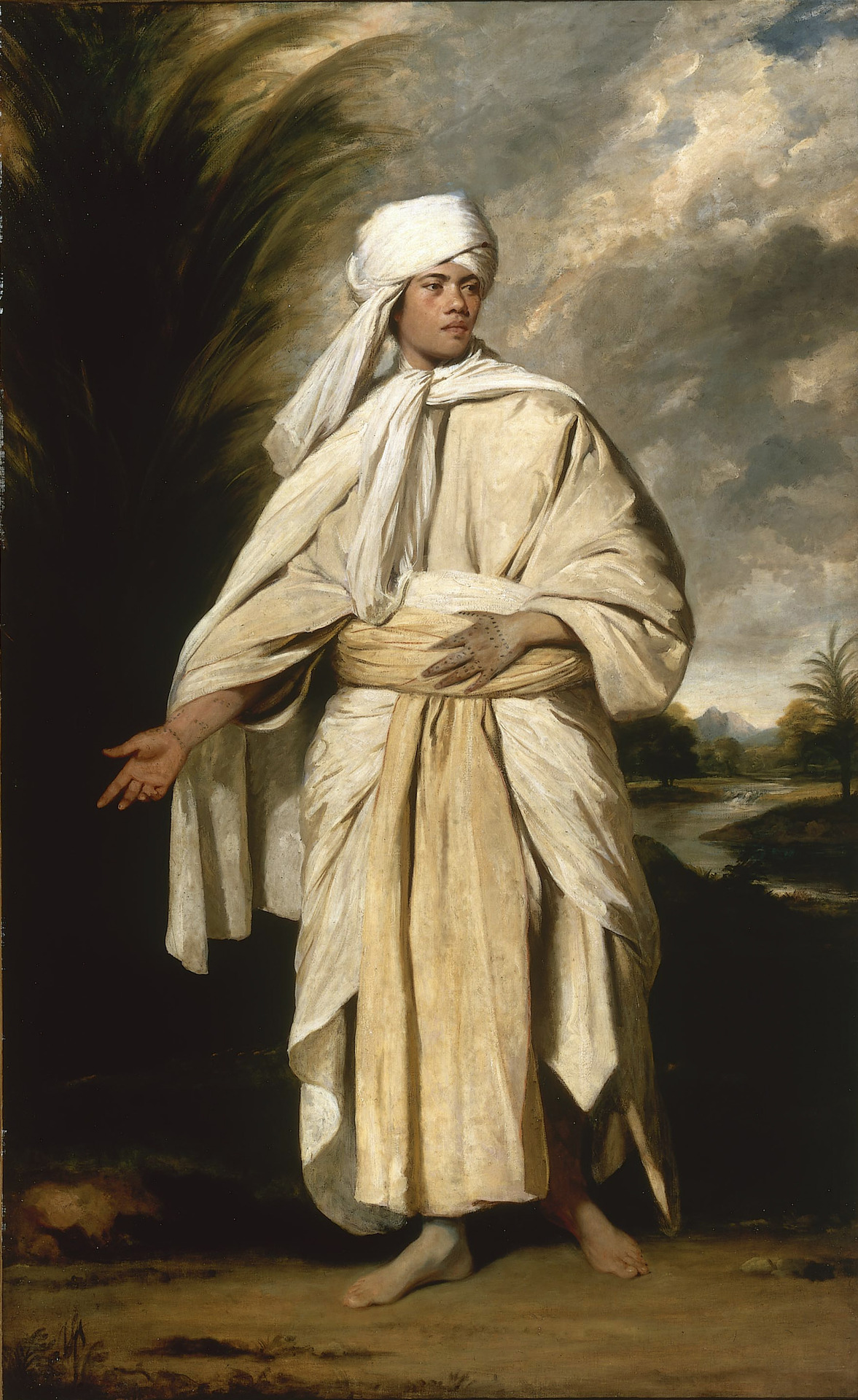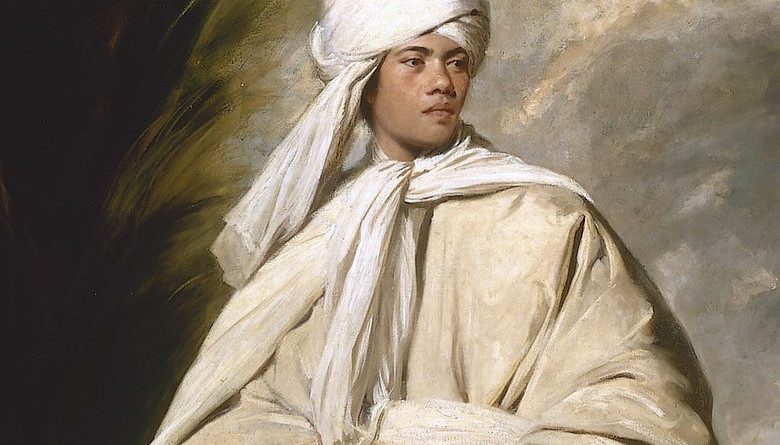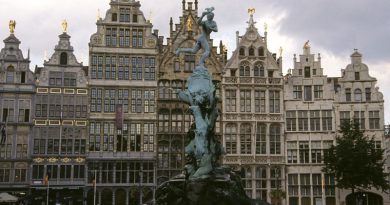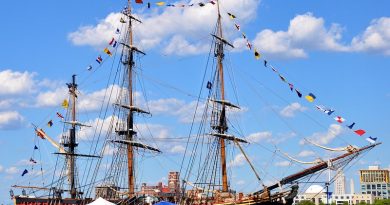Who Owns the Portrait of Omai
Portrait of Omai is an oil-on-canvas portrait of Omai, a Polynesian visitor to England, by Sir Joshua Reynolds, completed about 1776.
Omai was a Tahitian native leader who accompanied famous English navigator, Captain James Cook on his second voyage of discovery to the Pacific
Omai was brought to Britain where he was treated as an exotic celebrity and met George 111 . He was chaperoned by Joseph Banks who was Cook’s botanist on his famous first voyage .
The painting has been the subject of a battle between major Btitish museums and a foreign collector to stop it from leaving the country because of its national historic significance.

Reynolds portrayed Omai as an exotic figure—an idealised depiction echoing the concept of a noble savage. He stands barefoot, alone in a rural Arcadian landscape with unusual palm-like trees. He is wearing flowing “oriental” white robes resembling a toga but perhaps intended to be tapa cloth, and a white turban or headdress of possibly Turkish or Indian inspiration, a style not known in Tahiti. The painting emphasises the tattoos on his hands,
It was painted in around 1775, and was one of 12 portraits exhibited by Reynolds at the Royal Academy’s eighth exhibition in 1776, to great acclaim.
Reynolds was not commissioned to paint Omai’s portrait, and the work remained in his studio until his death in 1792.
It was auctioned in 1796, and eventually sold it to art collector Frederick Howard, 5th Earl of Carlisle, andit was displayed in the Reynolds Room at Castle Howard for 200 years. It was not seen again at a public exhibition until it appeared at the Royal Academy in 1954.
The painting was included in the estate of a George Howard, Baron Howard when he died in 1984. It was put on sale by his son, to meet the costs of a divorce and to help with the running costs of the Castle Howard estate. Howard offered to sell the work to the Tate Gallery, but its suggested price of £5.5 million was rejected.
The painting was eventually acquired by Irish businessman John Magnier. He was refused an export licence while the Tate Gallery sought funding to make an offer to acquire the work. An anonymous donation allowed the gallery to make an offer of £12.5 million, but Magnier refused to sell, and in the meantime he refused to allow the painting to be displayed in public in the UK.
The British government refused a permanent export licence, but a temporary export licence was granted in 2005 for 6½ years, and the painting went on display at the National Gallery of Ireland.
It was included in the Reynolds exhibition at Tate Britain in 2005. In 2012, an application for a second temporary export licence was refused, and the painting returned to the UK.
In 2022 the portrait was at risk of leaving UK unless a UK buyer with £50 million can be found.
Latest reports suggest The Getty Museum in Los Angeles may partner with British institutions to meet the asking price and allow joint custody and public display of this unique historic work.




